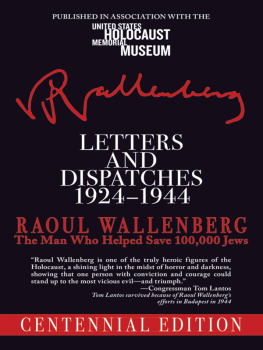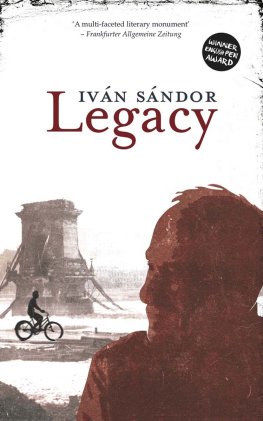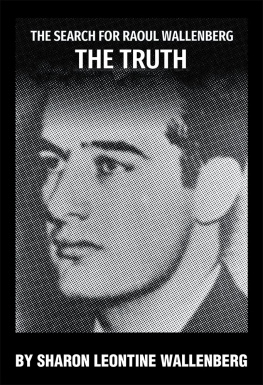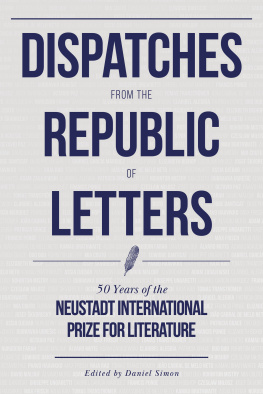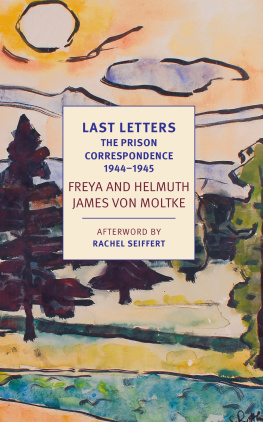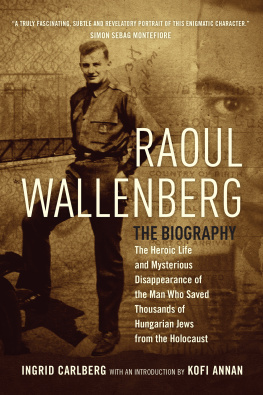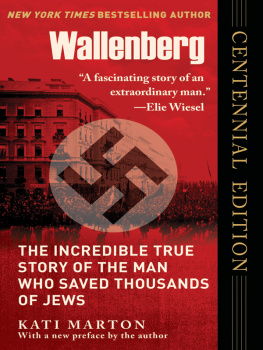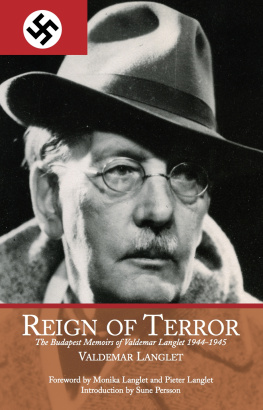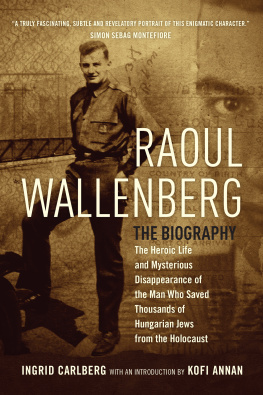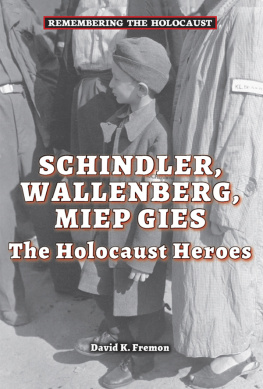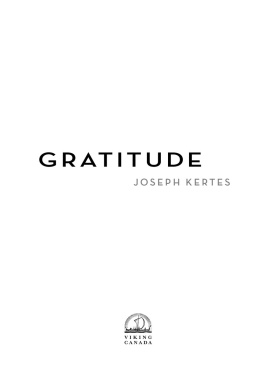LETTERS
AND
DISPATCHES
1924-1944
CENTENNIAL EDITION

The Man Who Helped Save 100,000 Jews
RAOUL WALLENBERG
TRANSLATED BY KJERSTI BOARD
PUBLISHED IN ASSOCIATION WITH
THE UNITED STATES HOLOCAUST MEMORIAL MUSEUM

LETTERS
AND
DISPATCHES
19241944
CENTENNIAL EDITION
Copyright 1987,1995 by Birgitte Wallenberg and Gustaf Sderlund Translation copyright 1995 by Arcade Publishing, Inc. Introduction to Dispatches copyright 1981 by Per Anger Reprinted by permission of the United States Holocaust Memorial Museum Afterword copyright 1995 by Rachel Oestreicher Haspel Centennial Edition published in 2011
All Rights Reserved. No part of this book may be reproduced in any manner without the express written consent of the publisher, except in the case of brief excerpts in critical reviews or articles. All inquiries should be addressed to Arcade Publishing, 307 West 36th Street, 11th Floor, New York, NY 10018.
Arcade Publishing books may be purchased in bulk at special discounts for sales promotion, corporate gifts, fund-raising, or educational purposes. Special editions can also be created to specifications. For details, contact the Special Sales Department, Arcade Publishing, 307 West 36th Street, 11th Floor, New York, NY 10018 or arcade@skyhorsepublishing.com.
Arcade Publishing is a registered trademark of Skyhorse Publishing, Inc., a Delaware corporation.
Portions of this book were published as lskade farfar! [Dearest Grandfather] by Bonniers Frlag, Sweden.
The assertions, arguments, and conclusions are those of the author and other contributors. They do not necessarily reflect the opinions of the United States Holocaust Memorial Museum.
Visit our website at www.arcadepub.com.
10 9 8 7 6 5 4 3 2 1
Library of Congress Cataloging-in-Publication Data is available on file.
ISBN: 978-1-61145-181-8
Printed in the United States of America
CONTENTS


There can be no more fitting way to mark the fiftieth anniversary of Raoul Wallenbergs disappearance than by publishing what remains of his written record. To do this, Letters and Dispatches, 1924-1944 combines three sources. The first and by far the largest portion of this book consists of the correspondence between Raoul Wallenberg and his paternal grandfather Gustaf Wallenberg, first published as an independent collection in Sweden in 1987. The letters were discovered by Birgitte Wallenberg and Gustaf Sderlund, RWs cousins, who have written a new introduction for this edition.
The dispatches reproduced here were found in the second source archival documents reproduced by the Swedish Foreign Ministry, and obtained via The Raoul Wallenberg Committee of the United States in New York, to whom the Ministry had made them available. To introduce them, and to put them into an historical context, the United States Holocaust Memorial Museum, located on Raoul Wallenberg Place in Washington, D.C., has granted us permission to use an excerpt from the Honorable Per Angers book, With Raoul Wallenberg in Budapest. The book was originally published by the Holocaust Library, now the publishing branch of the Museum. I thank Mr. Benton Arnovitz, Director of Academic Publications, for his help. I am also grateful to Mr. Anger for adding a comment intended specifically for this edition.
Nina Lagergren provided the third source, copies of letters in her possession from RW to her and to their mother, the late Maj von Dardel. The latter comprise the final section of this collection. I am very grateful to Ms. Lagergren for her kindness.
The staffs of the Swedish Information Service in New York, The Raoul Wallenberg Committee of the United States particularly Diane Blake, Elizabeth McGuinness, and its president, Rachel Oestreicher Haspel, who has written an afterword as well as the Raoul Wallenberg Foundation in Stockholm, and its secretary, Sonja Sonnenfeld, have all been extraordinarily helpful.
Timothy Bent


19241944

Raoul Wallenbergs story continues to fascinate the whole world, and much has been written about his courage and achievements, though his tragic disappearance despite all the efforts by so many people for so many years remains a mystery.
For most, who Raoul Wallenberg was before he went to Budapest in July of 1944 is as mysterious as what happened to him after his arrest by the Soviet army. What drove an anonymous Stockholm businessman to leave his safe, neutral country and embark on one of the most perilous missions ever undertaken wresting Jews marked for deportation from the clutches of Adolf Eichmann and his henchmen?
A fortuitous discovery made a few years ago sheds some light on the development of Raouls character: a collection of letters covering his early school years, his university years, and his travels during the first half of the 1930s. The collection consists mainly of correspondence between Raoul and his paternal grandfather, Gustaf Oscar Wallenberg. Raouls relationship with his grandfather profoundly influenced him. His father, a second lieutenant in the Swedish navy, had died of cancer before he was born. His mother Maj, daughter of a physician, received all conceivable support from both sides of her family. But her father-in-law Gustaf took special interest in Raoul, whose father had been his only son.
Gustaf Wallenbergs father, Andr Oscar Wallenberg Raouls great-grandfather founded the Stockholms Enskilda Banken, sometimes referred to as SEB, the cornerstone of the Wallenberg wealth. The Wallenbergs were extraordinarily successful; indeed, their banking empire has hardly been equaled in Sweden. Like his siblings (he was one of thirteen children) Gustaf was raised to be part of an elite, a member of a family that had contributed more than had any other to transforming his native land from a backward agrarian society into a modern industrialized country. But there was never much outward display of this success. To Be Not To Be Seen was the motto on the family crest. Among themselves, however, there was an enormous sense of pride. Wallenbergs were brought up to believe that whatever they touched would turn into gold.
Like all the Wallenberg men, Gustaf, the most extroverted of his brothers, was exposed to the banking world but had difficulties adjusting to the sheltered life that accompanied it. Until he settled upon diplomacy as a career, Gustaf was something of a jack-of-all-trades: a naval officer, ship owner, builder of railroads, and politician. One of his first jobs was overseeing the day-to-day operations of the Wallenberg familys Saltsjbaden railway project. He repeatedly proved his unusual ability to see things in their totality and to remove any obstacle that stood in the way of progress. The Saltsj railway was completed far ahead of schedule because of the new blasting techniques Gustaf introduced. He even operated the steam engines himself on occasion.
Next page
